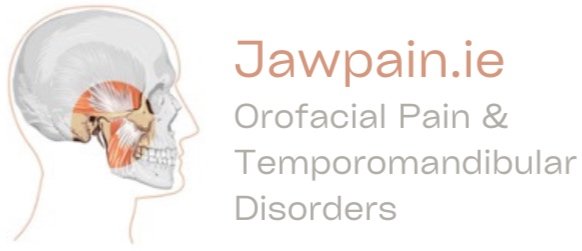Bruxism: Grinding and Clenching
Definition
Bruxism is the medical term used to describe the clenching and grinding of teeth. It may affect both children and adults and can be associated with a number of signs and symptoms. It is now understood that clenching and grinding are two separate entities that often co-exist.
Clinical Presentation
Patients may complain of jaw pain, headaches, sensitive teeth, fractured teeth / fillings, increased jaw clicking or locking. On examination there is often evidence of excessive tooth wear, fractured dental restorations or teeth, temporomandibular joint tenderness, jaw muscle tenderness or well defined jaw muscles. Sufferers may complain of poor sleep quality. Bed partners may complain of poor sleep quality due to the loud noises generated by aggressive tooth grinding.
Aetiology
Sleep Bruxism is thought to be mediated by a region of the brain that is directly influenced by external factors such as stress, certain medications, alcohol, caffeine, nicotine and various medical conditions. Daytime clenching is closely related to the psychosocial enviromment.
Treatment:
The treatment of bruxism will depend on the clinical presentation. Aggressive night time clenching and grinding is managed with a jaw splint. Generally this is a hard acrylic device that covers all of the teeth either on the top or bottom jaw and will fit evenly against the teeth in the opposing jaw. If there is pronounced daytime clenching activity, it needs to be managed with behavioural modalities often incorporating jaw physiotherapy and relaxation strategies. For optimum results a structured and tailored programme needs to be designed for the patient to counteract both daytime and night time bruxism.
Splints
There are various splint designs. These will not all have similar effects. Many jaw splints will aggravate TMJ problems, compromise the bite, and increase the intensity of clenching and grinding. Beware of the splint that does not cover all of your teeth.
Botox
Botox is an injectable muscle relaxer. It uses a neurotoxin that temporarily paralyzes the muscle.
In neurological settings it is commonly used in the management of muscle spasticity. More recently, it has been shown to be effective in the management of chronic pain. If it’s used in your jaw muscles it can reduce jaw muscle tension and assist in the management of jaw / facial pain. It can also change your face shape.
What is masseter Botox?
The masseter is one of the muscles that helps you chew. It is also implicated in clenching and grinding. It’s located on the side of your face and connects your cheekbone to your lower jawbone.
When botox is injected into the masseter muscle it temporarily blocks nerve signals in the muscle. As a result, it can reduce the activity of this muscle.

